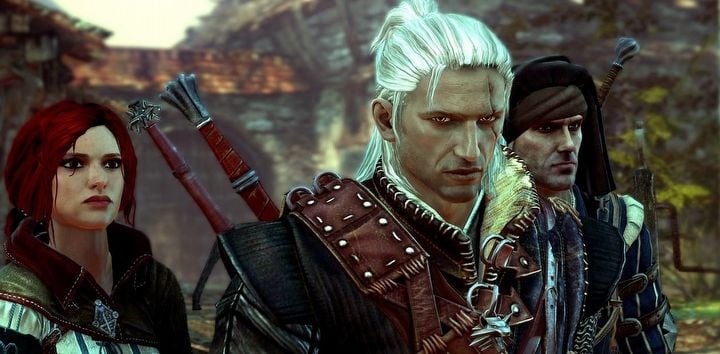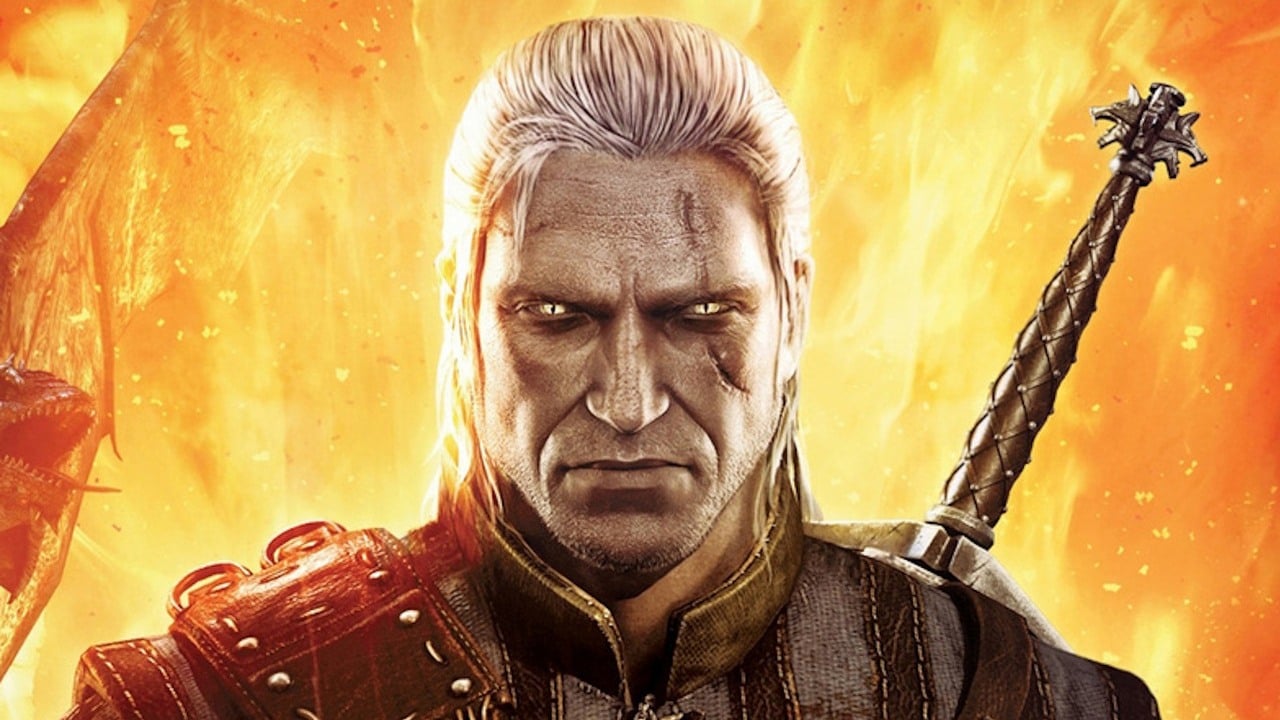When developing the sequel to their fantasy RPG, CD Projekt RED opted to overhaul the protagonist’s facial design. Initial reveals of the updated appearance in 2010 met with substantial player criticism, ultimately forcing the team to revert to the original visual concept from the first installment.
Redesign Controversy
Art Director Pawel Mielniczuk explained in an interview with Eurogamer that graphical improvements played a key role in the redesign attempt. With The Witcher 2 transitioning from Aurora Engine to REDengine, character models required modernization.
When we got to The Witcher 2, we had a better engine – larger budgets for polygons, more artists to sculpt nice faces, and we actually got better at making characters, already being a studio that released one game. And Geralt’s [existing] face just did not match the style of the rest of the characters. It was not realistic human proportions.

Early promotional materials showcasing the revised design sparked immediate backlash. Forum discussions erupted with criticism, with enthusiasts arguing the character’s essence relied on maintaining his distinctive, unconventional features. This compelled developers to create a compromise design blending elements from both iterations.
Legacy Design Choices
The third mainline entry notably preserved the established facial structure. Despite technological advancements, the team prioritized consistency over redesign.
With The Witcher 3, we actually used exactly the same model from Witcher 2, added more polygons, updated textures, but we did not touch it.
Mielniczuk acknowledged lingering imperfections, particularly criticizing the warrior’s nasal profile. However, recognition concerns outweighed aesthetic adjustments.
If you look at the profile of Geralt: he has this incredible profile but the tip of his nose is a completely straight line from his forehead, kind of Greek proportions, and it was not fitting his face, so we wanted to fix that. But we did not. We made a decision, ‘Okay, that’s Geralt, he’s recognisable, people are loving our character. We pass.’
As development begins on the next Witcher title using Unreal Engine 5, major anatomical changes appear unlikely. The art director emphasized established recognition value as paramount, suggesting only technical enhancements might occur. One potential exception might involve utilizing scans of Henry Cavill’s likeness from the Netflix adaptation, which Mielniczuk enthusiastically endorsed.
Henry was just perfect. If I would do something to the face, I would be easily convinced to scan Henry and put him in The Witcher 4!

